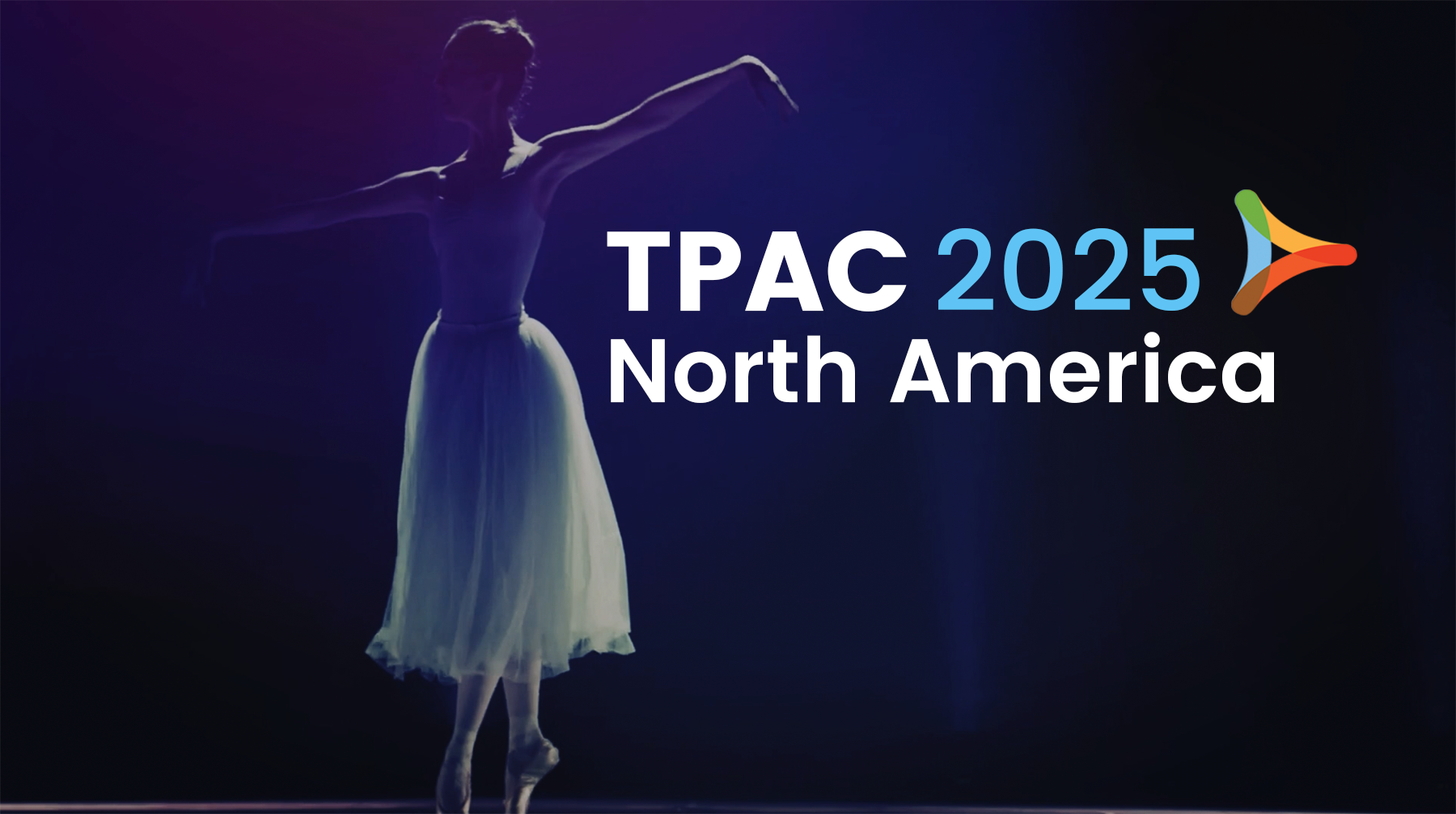
TPAC 2025: Still Evolving | Still Exciting | 22 Years On
TPAC 2025 : Still Evolving | Still Exciting | 22 Years On Welcome To TPAC North America 2025 https://youtu.be/sYa5nREZPQE?rel=0 TPAC
Enterprise Resource Planning (ERP) solutions promise streamlined operations, enhanced productivity, and improved decision-making. However, achieving a success rate of better than the industry accepted 50% or better stays elusive for many organizations.
In this three-part series, we dissect the “hidden” challenges no one talks about and yet companies looking for that elusive perfect solution do need to know. Even if every ERP vendor worldwide says they are the best and why you should stick with them. As we go down the chain of potential advisors, the “so called” independent” ERP consultants or even the “Certified” ERP (Value Added Reseller) supporting this ERP or that ERP system may hinder your ERP success and here are some of the reasons why?
When you ask what customers should look for in a new or updated ERP solution, you will find thousands of practical and responsible responses online. The point is here, it is either the customer’s own fault because they did or did not do something, or their earlier provider had shortcomings. All these responses cover various aspects, including the customer’s own shortcomings, such as:
Many ERP implementations stumble right out of the gate due to the customer’s lack of clear goals and sometimes the ERP VAR’s inability to understand the project’s size, which results in both parties having an incomplete understanding of organizational goals and requirements.
The trouble with AI, as a parallel example, is that nobody clearly understands the starting objective, so we do not know what questions to ask.
For many years, this issue has been an ongoing challenge for all organizations. The point is companies must invest time in defining clear goals, aligning them with business processes, and communicating them across all stakeholders only after they recognize there is a problem.
If you have progressed past stage 1 in confirming all the objectives and “everybody” agrees, then it is the recognition that a new ERP implementation is needed, invariably bringing significant changes in workflows, roles, and organizational culture.
It is commonly accepted that failure to manage these changes effectively can lead to resistance, low user adoption, and, ultimately, project failure. Successful ERP projects that prioritize change management from the outset, involving stakeholders at every stage, providing comprehensive training, and fostering a culture of continuous improvement. It is possible.
From what I have seen over the last thirty years, a critical part is that too many ERP VARs (Value-Added Resellers) do not get involved in change management auditing before they even start building a new ERP proposal.
It seems like the main challenge here is time. In the first discovery phase, the focus is on building a strong connection with the prospect. The consultant aims to swiftly grasp the prospect’s complete needs, anticipating that they will soon convert into a paying client. It is part of the selling phase, and in this modern era of AI, it is time they do not have it, and it is time the “prospect” does not give them.
The result could be poor data, equalling poor data conclusions. So, who is to blame? For the better projects I have seen, it’s usually up to the CEO as an “overseer” to recognize this phenomenon and correct the limitations, keeping in mind the company’s need to get this project happening.
While customization may seem like a solution to tailor ERP systems to specific needs, it often introduces complexity and risks. Over-customization can lead to higher costs, longer implementation times, and system maintenance and upgrade difficulties.
Organizations should carefully evaluate the trade-offs between customization and standardization, opting for configurations that align closely with best practices and industry standards. This is a sensitive area since the COO may have a different idea than the CEO, who may have a different idea than the CFO, who was meant to be in charge. Do we point the finger at someone or recognize the dilemma and set some protocols and points of authority to get to “the best outcome.”
In conclusion, this is Part 1 of our three-part series. I know it’s a long read, but remember, if your new prospect is spending between $30,000 to several million USD on the most important back-office requirement that drives the future of their company, hopefully, you will find this valuable.
In Part 2, we will delve into the restrictive sales and marketing practices of many ERP vendors, regardless of size, that ultimately affect the proposals your prospects receive as potential ERP buyers. We will wrap up with Part 3 in July, which will put you in the driver’s seat to help all prospects..

TPAC 2025 : Still Evolving | Still Exciting | 22 Years On Welcome To TPAC North America 2025 https://youtu.be/sYa5nREZPQE?rel=0 TPAC

Still Going Strong! TPAC Southern Africa 2025 TPAC Southern Africa 2025 | Opener https://www.youtube.com/watch?v=3jkiUQ-m4tw TPAC Southern Africa 2025: Three Years

Explore New Year,Smarter Solutions! Let’s Make This A GreatYear! A new year brings fresh opportunities, and we’re excited to keep

TPAC 2025SOUTHERN AFRICA Third Party Advantage Conference February 20 -22, 2025 | Indaba Hotel, Spa & Conference Centre, Johannesburg, South

A Brilliant Start In Penang! TPAC Asia 2024 | Opener https://youtu.be/YaVdNz46h-U TPAC Asia 2024: A Brilliant start In Penang! We

Explore GraniteWMS: Essential Basics for Small & Medium Warehouses Reimagine Your Warehouse: In today’s business enviroment, efficient warehouse management isn’t
Ready?